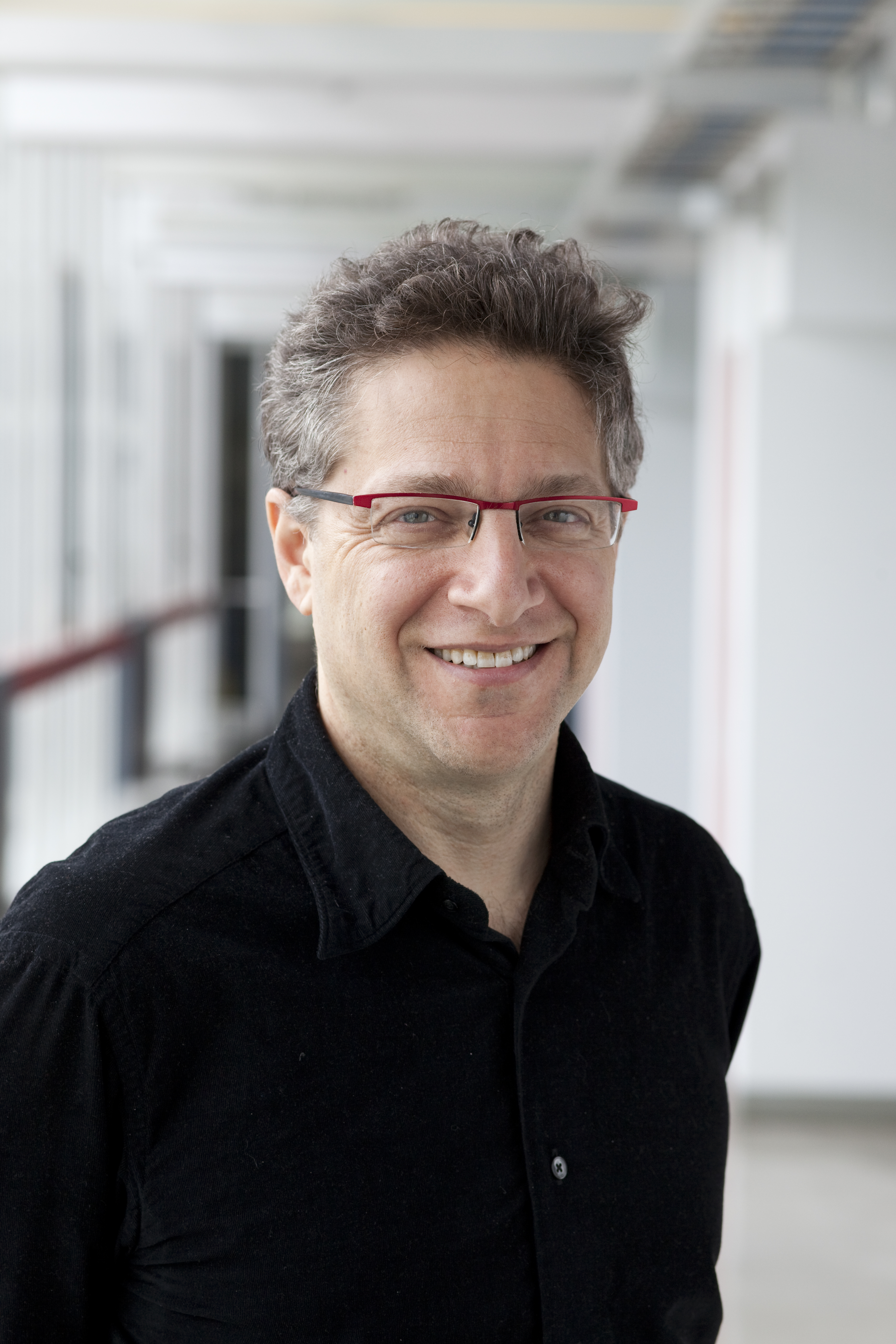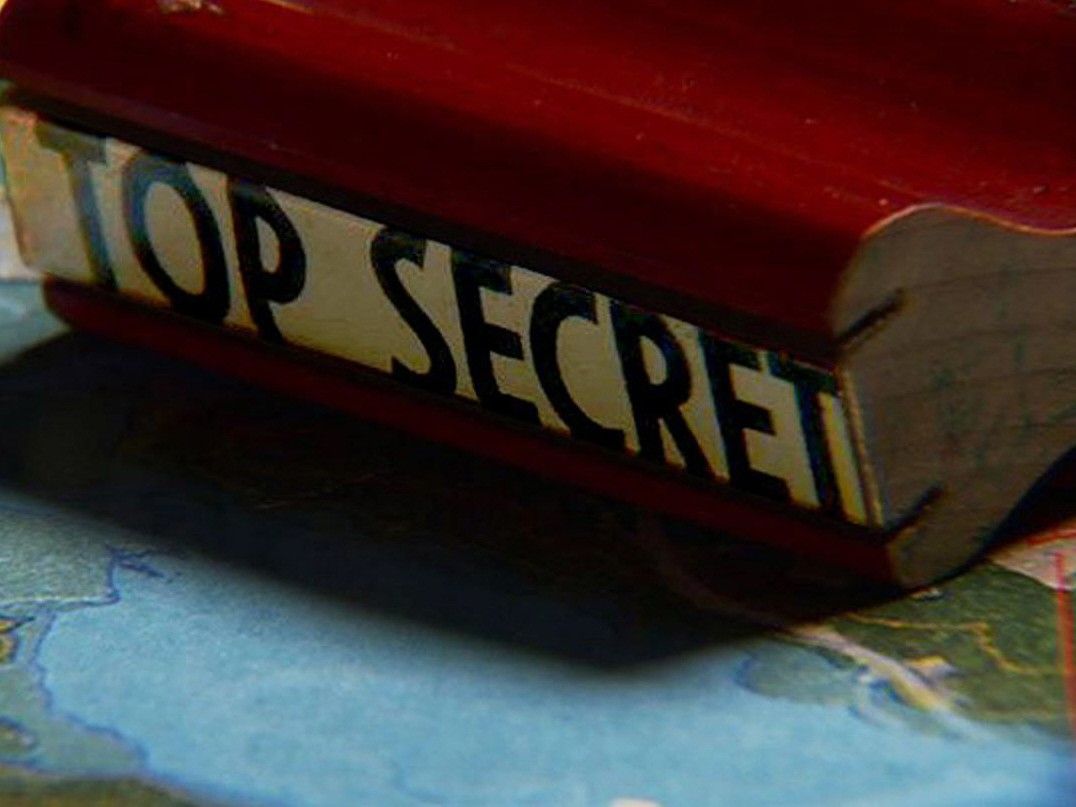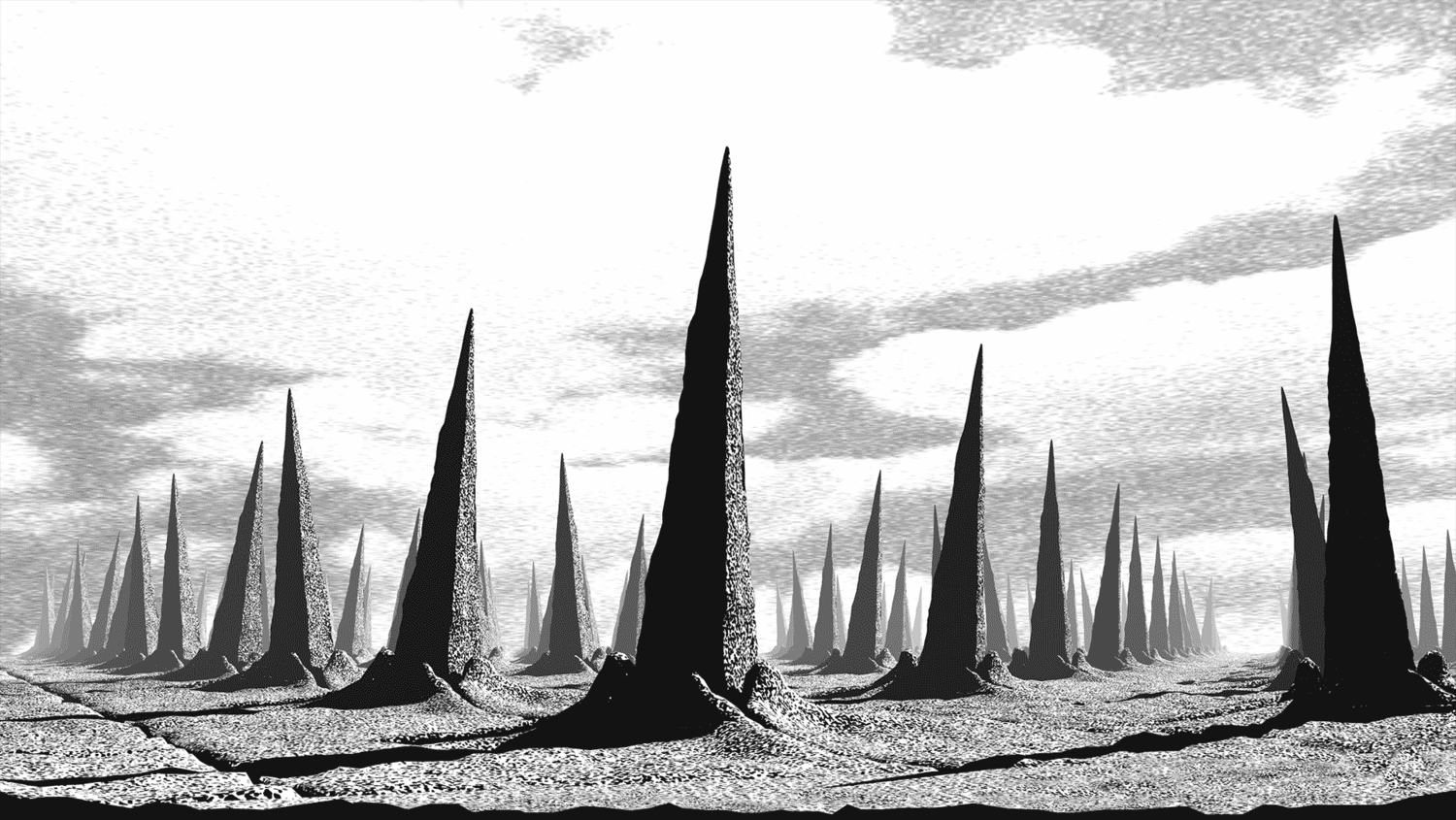Project Description
Peter Galison

Co-Director, Film Study Center, 2010-2019 – FSC-Harvard Fellow 2004-05, 2005-06, 2009-10
Peter Galison is a Pellegrino University Professor of the History of Science and of Physics at Harvard University. Galison’s previous film on the moral-political debates over the H-bomb, Ultimate Weapon: The H-bomb Dilemma (with Pamela Hogan, 2002) has been shown frequently on the History Channel and is widely used in academic courses. In 1997, he was awarded a John D. and Catherine T. MacArthur Foundation Fellowship; won a 1998 Pfizer Award for Image and Logic as the best book that year in the History of Science; and in 1999 received the Max Planck and Humboldt Stiftung Prize. His books include How Experiments End (1987), Einstein’s Clocks, Poincaré’s Maps (2003), and Objectivity (with L. Daston, 2007) and he has worked extensively with de-classified material in his studies of physics in the Cold War. Galison’s work also features artistic collaborations, including partnering with South African artist William Kentridge on a multi-screen installation, The Refusal of Time.
Galison directed Secrecy (2008) with Robb Moss which premiered at Sundance, and, also with Moss, recently completed Containment (2015, premiered at Full Frame Film Festival), about the need to guard radioactive materials for the 10,000-year future. His most recent film collaboration, No More, America with Henry Louis Gates screened in the Lightbox Gallery at the Harvard Art Museums in the fall of 2017.
In 2016, Galison established the Black Hole Initiative with colleagues in Astronomy, Physics, Mathematics, and Observational Astrophysics—and is now working on a film about knowledge, philosophy, and these strangest of all objects.
FSC Works

Secrecy
Peter Galison & Robb Moss, video, b/w & color, 85 min. (2008)
This film is about the vast, invisible world of government secrecy. By focusing on classified secrets, the government’s ability to put information out of sight if it would harm national security, Secrecy explores the tensions between our safety as a nation, and our ability to function as a democracy.
In a single recent year the U.S. classified about five times the number of pages added to the Library of Congress. We live in a world where the production of secret knowledge dwarfs the production of open knowledge. Depending on whom you ask, government secrecy is either the key to victory in our struggle against terrorism, or our Achilles heel.
“Throughout the long process of making this film, we’ve intentionally not proceeded as if the issue of national security secrecy could be tied “solved” with an easy set of steps. We see the issues of secrecy as tough, among the hardest we face as we, and not just in the United States, struggle to bolster democracy in a time of great fear.”

Containment
Peter Galison & Robb Moss, 81 min. (2015)
Can we contain some of the deadliest, most long-lasting substances ever produced? Left over from the Cold War are a hundred million gallons of radioactive sludge, covering vast radioactive lands. Governments around the world, desperate to protect future generations, have begun imagining society 10,000 years from now in order to create monuments that will speak across time. Part observational essay filmed in weapons plants, Fukushima and deep underground–and part graphic novel–Containment weaves between an uneasy present and an imaginative, troubled far future, exploring the idea that over millennia, nothing stays put.
Website: http://containmentmovie.com/

